The idea of “support”: Tinkering with our hands and with our minds
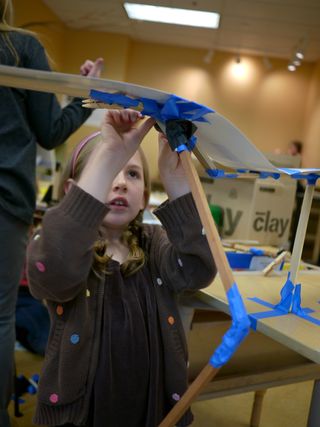
For the past several Wednesdays, the children in Opal 3 have come down from Morning Gathering with great expectations. The first thing they do as they enter in the classroom is look at the schedule. “Do we have Tinkering Workshop today?” they ask each other excitedly. When they see it, there are cheers all around.
After a short introduction, the children return to their task: to build a bridge that stands on its own (not attached to a table) and is tall enough to fit a small toy boat underneath.
You might think of this as a nice “activity” for the children – a cool project for them to experiment and to build community with. But to watch the children work, and interact with each other in a state of what we like to call relaxed alertness, it was clear that this was not an activity to them. It was becoming an experience.
What kind of an experience? I wondered. What part of this experience did I want to know more of their thoughts about? And how was it going to connect with other questions of our curriculum?
As the children continued to tinker, October was turning into November, and I was beginning to think down a different track: we needed to begin composing agreements around how we want to be together this year as a community. What could be our entry point? How was it going to connect with other questions of our curriculum?
I kept hearing the children talk to each other during Tinkering Workshop about how they were going to make their bridges “strong” and “stable”. Could our work with building strong bridges inform our conversation about building a strong community? It became increasingly evident to me that, in order to facilitate rich conversation about our community this year, we needed something both to work with in our hands and to work with in our minds, along with a conceptual idea to connect both kinds of work. The children were tinkering with their hands – how was I going to invite them to “tinker” in their minds? And what idea was going to provide that connection?
We started with what the children had already experienced: What makes a strong bridge? We invited them to explore this question with black line pen, thinking like builders and designers, using not only their experience in Tinkering, but any and all experience they had with bridges. They all eagerly began their designs, some beginning with the top arches, others beginning with columns underneath, and still others beginning with a single horizontal line across the page.
WK: The arch at the top supports it to make it look better. The poles at the base of the bridge push it up, and the metal cables pull it up, like on the Fremont Bridge.
EJ: There are three things that make my bridge strong. There are steel ropes going into the ground, with concrete inside to hold the bridge up in heavy winds. Then there are concrete poles to support the weight of the cars. And then there’s this structure underneath, like netting, to support in between the poles.
RD: These are concrete supports that hold it up. These cylinders come out from the bottom of them to the bottom of the river. They’re connected to concrete rocks.
RF: My bridge has pole supports on the bottom. They’re steel because steel doesn’t rust. Above the water, they’re concrete.
As the class reflected on their drawings, we all noticed how often we used the word “support”, and how every drawing contained multiple elements of support: arches, beams, wires, columns, inner supports, emergency supports… As my colleagues and I looked at their work, the idea of support was clearly becoming the concept – the “bridge”, if I may – to connect our bridge work to community work. The children knew what supports bridge structures. How could they use their knowledge and ideas about supporting bridges to begin considering what support is needed for a strong community?
When we returned to the materials again, I introduced our next question: What makes a strong community? I had introduced this question as connected to our bridge work, but two students seemed disappointed: “What does this have to do with our bridge work?” they both asked. Other students chimed in:
IM: In our community, we build bridges between us instead of walls, like in the story.
PG: When we make a community, we use supports, like when we build our bridges.
RS: You know how there’s a bridge from Portland to Washington? Well, in your community, if you’re friends with people who aren’t friends with each other, you can be a bridge between them.
The children explored this question, and any possible connections to our bridge work, in black line and watercolor.
MG: This is a wall [down the middle of the paper], like in the story, and the colors are bridges that are trying to get over the wall. Or when someone's distracting you at the risers, and you want to be working, that person is making a wall. But if you offer reminders to them, it's like building a bridge over that wall. It’s the bridge that makes the community strong.
AA: These are all different people. The thin lines between them grow thicker, like connections, to make a strong community. We longer we know each other, the stronger the connections.
MM: This is the black bridge connecting the red and the blue. They’re coming together, smacking together into a strong community because the bridge connects them.
As I watched the children work, it was exciting to see this connection between bridges and our community become ever more meaningful for them. With solid experiences and vocabulary beginning to cross from one part of our curriculum to another, I knew we needed to confirm these connections by coming back to the idea of support: The children know what it takes to support a strong bridge. What does it take to support a strong community? What supports are necessary in learning communities like ours?
WK: Helping each other in different ways. Picking the appropriate way to help someone.
RS: Understanding how people think.
AB: Working together to help each other’s weaknesses, so that everyone is stronger.
ER: Caring for each other, like helping someone, but also giving them space.
From these ideas, the children broke up into different groups to brainstorm agreements – ways of being together as a community that everyone can agree on – that support a learning community. As I write this post, we are in the process of refining these ideas and statements that will bind us together as a community for the rest of the year.
The most intriguing part of this process has been the constant return to the image of a bridge as we think about agreements. One might have thought the “bridge” from our bridge work to community work was finished once we got started on the agreements. However, as small groups worked to refine a very long brainstorm list, one group suggested thinking of the agreements as the pillars holding up a bridge. We took this idea back to the whole group, and it continues to inform the children’s growing understanding of what it will mean to support and be a part of the Opal 3 community this year.
As a teacher, I use the word “support” a lot through the day: “Thank you for supporting our community”; “What support do you need to solve that problem?”; “How can you support yourself right now to do your best work?” And yet, how long did I use that word without allowing the children to construct a clear meaning of what that word can mean. The connections children so easily make between what we’re tinkering with in our hands and in our minds is what brings me such delight in the classroom each day. It reminds me how important it is that ideas drive our curriculum, and everything else folds in around it. It gives our work purpose, not just for today, but for every day.
P.S. I’ll be sure to let you know what our agreements are, once they’re finished.


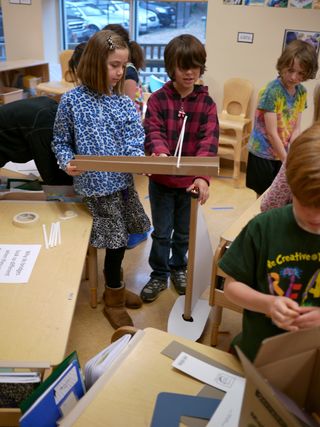
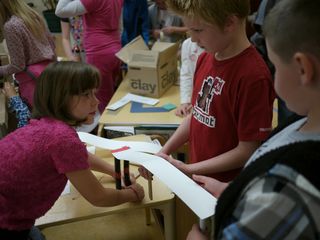
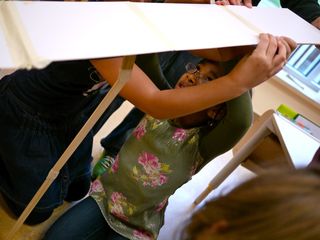
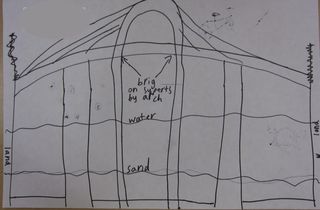
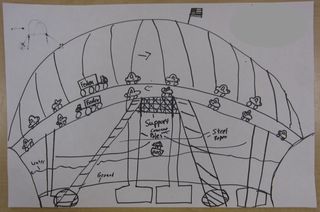
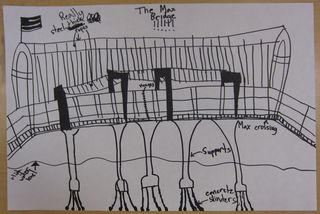
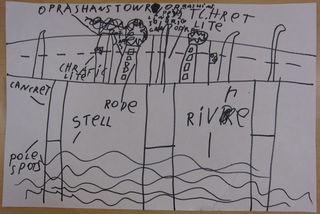
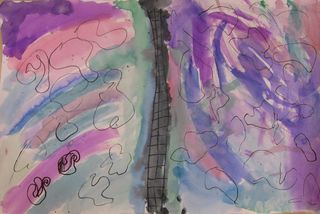
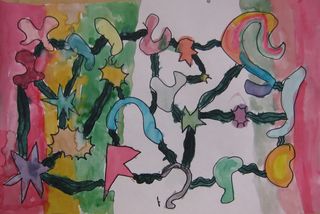
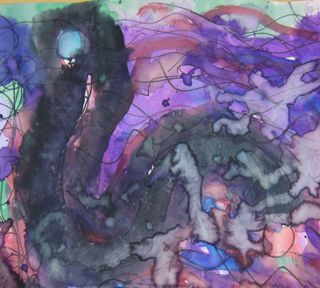
This is wonderful. I will be thinking about how we can also incorporate these ideas at home and how we can support each other as a family. Thanks for the thoughtful and thorough post!